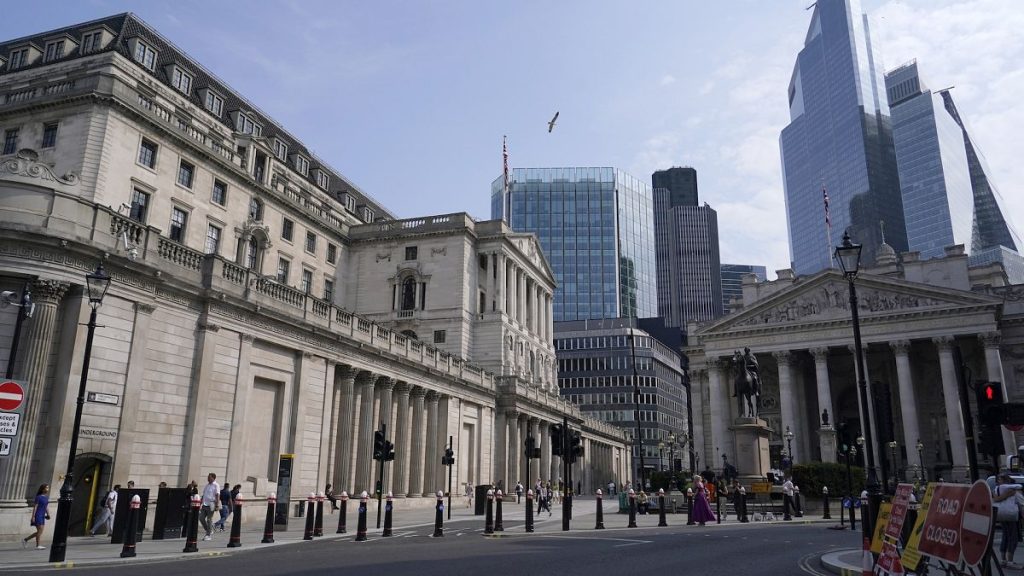The UK’s Inflation Conundrum: A Balancing Act for Policymakers
The UK economy finds itself navigating a complex economic landscape, characterized by a delicate interplay between inflation, interest rates, and government borrowing costs. Recent data revealed a surprising dip in inflation to 2.5% in December, down from 2.6% the previous month and defying economists’ expectations of no change. While this decline offers a respite from the persistent inflationary pressures that have gripped the economy, it remains stubbornly above the Bank of England’s 2% target. This precarious position presents a challenging dilemma for policymakers, as they grapple with the need to balance controlling inflation with supporting economic growth.
The unexpected fall in inflation has sparked speculation about the Bank of England’s next move regarding interest rates. Currently at 4.75%, the main interest rate has been a key tool in the fight against inflation. However, the recent easing of price pressures, particularly within the dominant services sector, may encourage the Bank to consider a rate cut in the coming months. Such a move could potentially ease the strain on government bond markets, where borrowing costs have recently surged to a 16-year high, placing significant pressure on Chancellor Rachel Reeves to implement fiscal tightening measures, such as spending cuts or tax increases. These rising borrowing costs reflect investor concerns about the UK’s fiscal outlook and inflationary pressures.
The recent inflation figures offer a glimmer of hope that the peak of inflationary pressures may have passed. This decline follows a period of aggressive interest rate hikes by central banks globally, including the Bank of England, in response to the surge in inflation triggered by supply chain disruptions, the war in Ukraine, and the lingering effects of the near-zero interest rate policies implemented after the 2008 financial crisis and during the COVID-19 pandemic. While these rate hikes have begun to curb inflation, the UK economy remains vulnerable to further shocks and uncertainties.
Experts offer differing perspectives on the future trajectory of inflation and the appropriate policy response. Some analysts believe that the recent decline in inflation is a positive sign, suggesting that the Bank of England may be able to ease its monetary policy stance. They point to the significant fall in services inflation, a key driver of overall inflation, as evidence of waning price pressures. Others, however, caution against premature optimism, arguing that inflation is likely to rebound in the coming months and remain above the 2% target throughout the year. They highlight the volatility of certain inflation components, such as airfares and hotel prices, and emphasize the persistence of underlying inflationary pressures.
The Bank of England faces a delicate balancing act. Cutting interest rates too soon could reignite inflation, while maintaining high rates could further dampen economic growth and exacerbate the pressures on government finances. Upcoming data on wage growth will be crucial in informing the Bank’s decision. Strong wage growth could signal persistent inflationary pressures and necessitate further rate hikes, while weaker wage growth might provide more leeway for a rate cut. The interplay between these factors will determine the Bank’s course of action and the future direction of the UK economy.
The UK’s economic outlook remains uncertain, characterized by a complex interplay of factors. The recent easing of inflation offers a welcome reprieve, but policymakers must tread carefully to avoid reigniting inflationary pressures while also supporting economic growth and managing the government’s fiscal position. The coming months will be crucial in determining the effectiveness of current policies and the need for any adjustments in the face of ongoing economic challenges.














